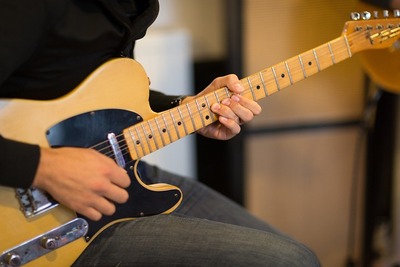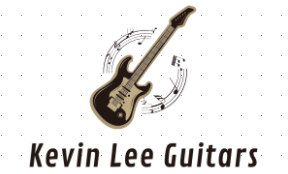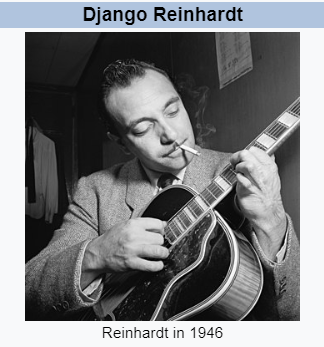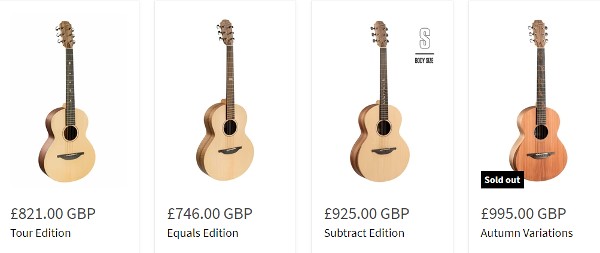Django Reinhardt is a legendary figure in the world of music, known for his exceptional guitar skills and innovative style. One of the most intriguing aspects of his story is the fact that he was largely self-taught. Let’s explore how Django’s self-taught journey contributed to his unique approach to the guitar and his lasting impact on the music world.

Early Life and Musical Beginnings
Django Reinhardt was born on January 23, 1910, in a Romani settlement near Liberchies, Belgium. Growing up in a caravan with his Romani family, Django was surrounded by music from an early age. His first instrument was the violin, but he soon switched to the banjo-guitar, a hybrid instrument that combined elements of both the banjo and the guitar.
Learning by Observation and Imitation
Django did not have formal music education. Instead, he learned by observing other musicians and by experimenting on his own. He was surrounded by a rich musical environment, with many family members and friends who played music. This informal, immersive environment provided the perfect setting for Django to develop his skills. He often watched other musicians play and then practiced what he had seen, gradually developing his own techniques.
The Role of Romani Music
Romani music played a significant role in Django’s musical education. The traditional melodies and rhythms of his Romani heritage deeply influenced his playing style. This cultural background gave him a unique perspective on music, which he combined with the jazz influences he encountered later in life.
The Impact of the Fire
In 1928, Django’s career almost came to an end when a fire in his caravan severely burned his left hand. The accident left him with only partial use of his third and fourth fingers. Many thought he would never play the guitar again, but Django was determined to overcome this obstacle. He developed a new technique that relied heavily on his index and middle fingers, creating a distinct sound that became his signature style.
Self-Taught Innovation
Django’s self-taught background meant that he was not bound by traditional methods or techniques. This freedom allowed him to innovate and develop a playing style that was entirely his own. He often used unconventional chord voicings and rapid arpeggios, techniques that set him apart from other guitarists of his time. His approach to the guitar was highly intuitive, and he relied on his ear and his feel for the music rather than on formal training.
Influences and Inspirations
While Django was self-taught, he was also influenced by the music he heard on records and from other musicians. Jazz legends like Louis Armstrong and Duke Ellington had a significant impact on his musical direction. Django’s ability to blend these jazz influences with his Romani musical roots resulted in a unique and captivating style.
Formation of the Quintette du Hot Club de France
In the early 1930s, Django met violinist Stéphane Grappelli, and together they formed the Quintette du Hot Club de France. This group became one of the most influential jazz ensembles in Europe. Django’s innovative guitar work, combined with Grappelli’s violin, created a sound that was both fresh and timeless.
Legacy and Influence
Django Reinhardt’s legacy as a self-taught musician is a testament to his extraordinary talent and determination. His innovative techniques and unique style have influenced countless guitarists across genres. Despite his lack of formal training, Django’s impact on the world of music is profound and enduring. His story is a powerful reminder that creativity and passion can overcome even the most significant obstacles.
Conclusion
Django Reinhardt’s journey as a self-taught musician is a remarkable tale of resilience and innovation. His ability to create a unique and influential style without formal training showcases the power of natural talent and determination. Django’s legacy continues to inspire musicians around the world, proving that the most profound musical contributions often come from those who follow their instincts and carve their own paths.






